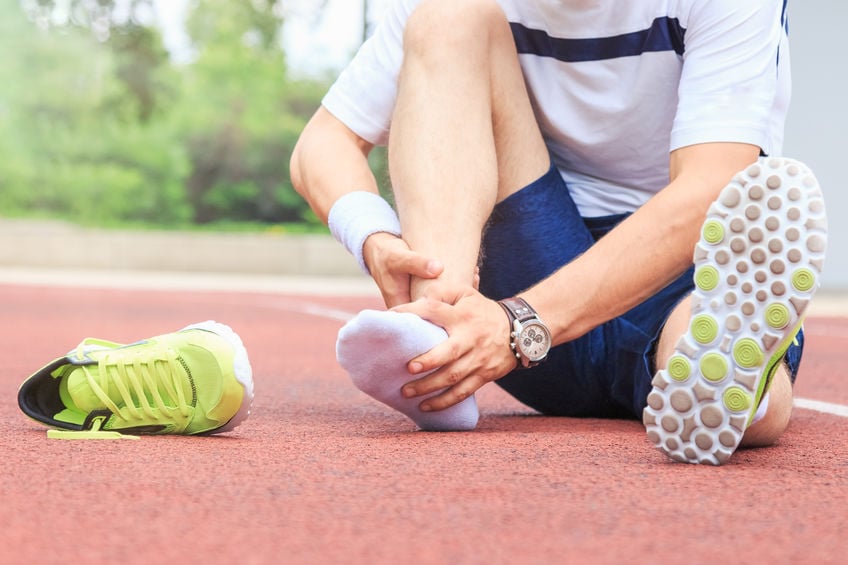The Rise Of Meniscus Tears In Soccer
A fun and competitive game, soccer participation is rapidly growing in America. The sport requires intense running, shooting, and physicality, which can lead to leg injuries like meniscus tears. The meniscus, a c-shaped cartilage in the knee joint, plays a pivotal role in distributing load and maintaining joint stability. Tears can result from many causes, including sudden twists, pivots, or a hard tackle on the pitch. The tears are often classified into various types, such as radial, horizontal, and bucket-handle tears, each requiring treatment and a lengthy recovery. In almost all cases, surgery is necessary. Yet, with knee arthroscopy, soccer players may be able to return to playing much sooner.
Treating a tear
Meniscus tears account for at least 8% of soccer injuries, often requiring medical intervention to restore functionality. When an injury occurs, soccer players are faced with 2 possibilities. The first is to avoid surgery and immobilize the joint. Combined with lengthy physical therapy (PT), some meniscus tears respond well to this option. The injury will eventually heal, but knee pain may have to be managed indefinitely. The second option is open surgery. The surgeon uses a large cut along the knee to access and repair the meniscus. Open surgery can be more effective but requires significantly longer recovery time. There’s also the risk of infection and additional complications. Knee arthroscopy presents a third option, which has a series of fantastic benefits.
What is knee arthroscopy?
A minimally invasive surgery (MIS), knee arthroscopy, has revolutionized the management of meniscus tears. The surgeon inserts a tiny camera, called an arthroscope, through a small incision to visualize and address the tear. This approach offers distinct advantages over traditional open surgery, including reduced tissue trauma, a quicker recovery time, and less scarring. Knee arthroscopy aims to restore joint function and alleviate symptoms by trimming or repairing the damaged meniscus tissue. Soccer players can have this surgery almost immediately after the injury and start the recovery process right away.
Factors influencing recovery timeline
Meniscus tear surgery can take 4-6 weeks to heal from. An additional 3-6 months is required for soccer conditioning before the athlete can return to the pitch. However, the speed of recovery after knee arthroscopy hinges on several factors. Tear severity and location are chief determinants, as well as age and overall health. Younger players tend to recover more swiftly due to the faster healing capacity that comes with youth. The surgical technique employed and subsequent rehabilitation efforts also significantly impact the timeline. With an arthroscopic approach, small incisions and low complication rates significantly reduce the overall recovery timeline.
Tailored rehabilitation strategies
Effective pain management strategies often involve a combination of medications and local anesthetics to minimize discomfort. Early mobilization exercises, guided by a physical therapist, are crucial to prevent stiffness and promote circulation. Central to expediting recovery is a well-structured and individualized rehabilitation plan. Recognizing each player’s unique needs, rehabilitation is divided into distinct phases. Initially, the focus is reducing swelling, restoring range of motion (ROM), and gently strengthening the surrounding muscles. More targeted exercises and physical therapy (PT) are introduced to enhance stability and restore the mechanics necessary for soccer.
Monitoring progress
Regular follow-up appointments with the surgeon are integral to tracking progress. Functional assessments, including gait analysis and ROM measurements, provide valuable insights into the healing trajectory. Objective criteria are established to ascertain the athlete’s readiness to return to sports, encompassing factors such as adequate strength, stability, and absence of pain. As confidence and strength grow, sports-specific drills are gradually integrated. The emphasis throughout this process remains on safeguarding the repaired meniscus while facilitating a smooth transition back to full sporting participation. Knee arthroscopy reduces the initial recovery period as no large incision requires healing, allowing a faster return to sports.
Get back to scoring goals
A meniscus tear is a minor but severe injury that limits a soccer player’s participation for several months. Knee arthroscopy is the best option for repairing the damage. The prospect of returning to playing after arthroscopy for meniscus tears is contingent upon various factors. While the desire to resume soccer is understandable, a patient and measured approach, guided by medical professionals, is paramount. By comprehending the nuances of meniscus tears, knee arthroscopy, and the intricacies of PT, athletes can look forward to a timely and safe return to scoring again.



